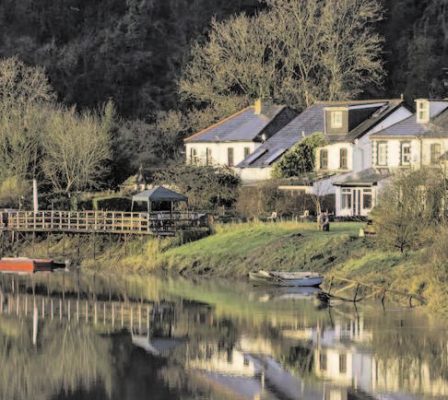More than one million homes across Britain could be heated using green Scandinavian-style technology that takes heat from nearby rivers and canals and pumps it into the home, the government will announce soon.
The energy secretary Ed Davey is to leading a new drive to promote water-source heat pumps – carbon-free devices that extract thermal energy from waterways to heat water for radiators and showers. He has identified more than 4,041 rivers, estuaries, coastal sites and canals containing water warm and accessible enough to heat homes.
More than one million homes are close enough to water to make use of the devices – with hotspots including buildings around the River Ouse in Selby, the River Trent in Nottingham and the Thames in London.
Installing a water source heat pump reduces the need for dirty gas-fired domestic heating, and could allow the average household to reduce its carbon footprint by as much as 50%.
The energy produced is both clean and renewable, and households could knock as much as 20% off their heating bills, Davey says. “We need to make the most of the vast amount of clean, renewable heat that lays dormant and unused in our rivers, lakes and seas,” Davey is likely to say when he launches the drive into the technology at Battersea Power Station. “Water source heat pumps will help contribute to an energy mix that maximizes clean, reliable home-grown resources rather than relying on foreign fossil fuels. It also provides a system that bolsters growth in our local economies, protects the natural environment and creates resilient communities that are capable of producing sustainable power systems.”
Battersea hopes to install a series of water pump that could heat around 4,000 new homes, shops, offices and public amenities being built as part of the site’s redevelopment. It is working on a feasibility study for the project with SSE, one of the big six energy providers.
Water-source pumps date back to the 19th century and are popular in Scandinavia where they are mainly used to heat individual homes.
However, they are far less common in the UK and have been rarely used for the kind of larger scale community projects the government hopes will become common, alongside those used by individual houses.
